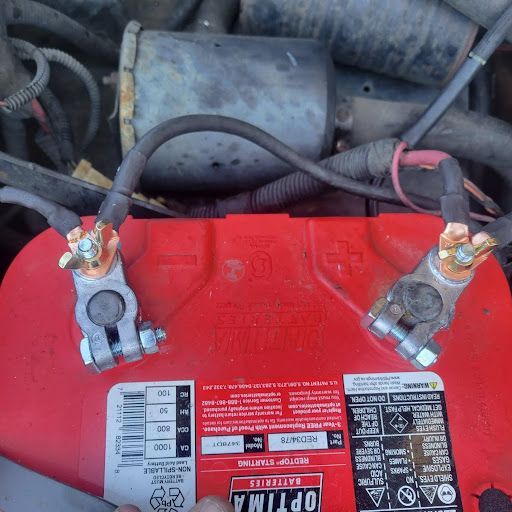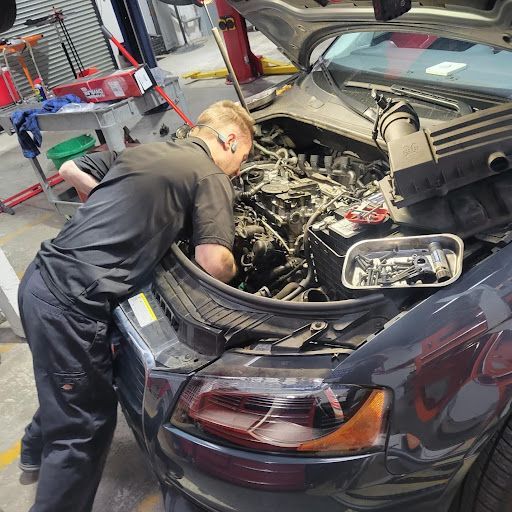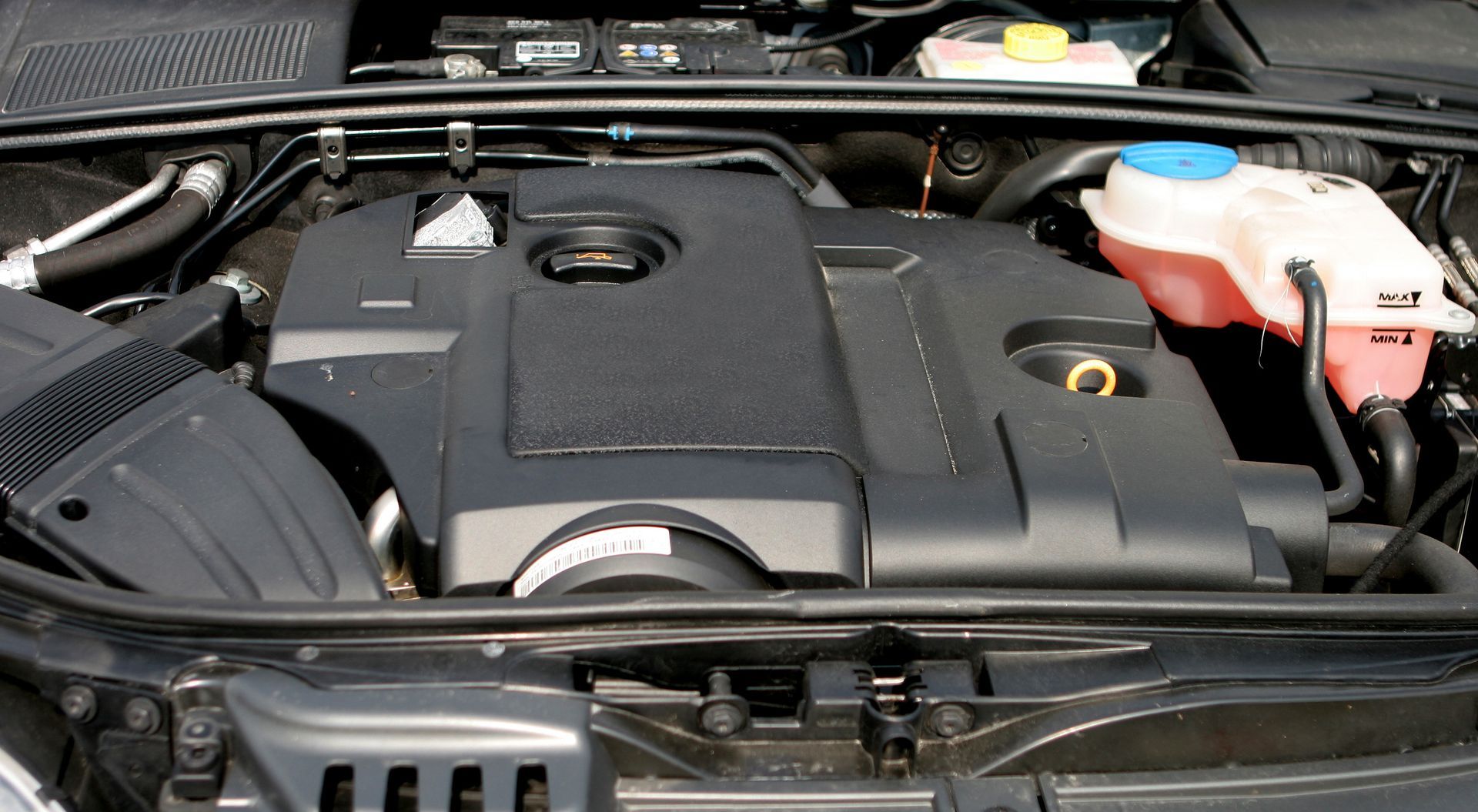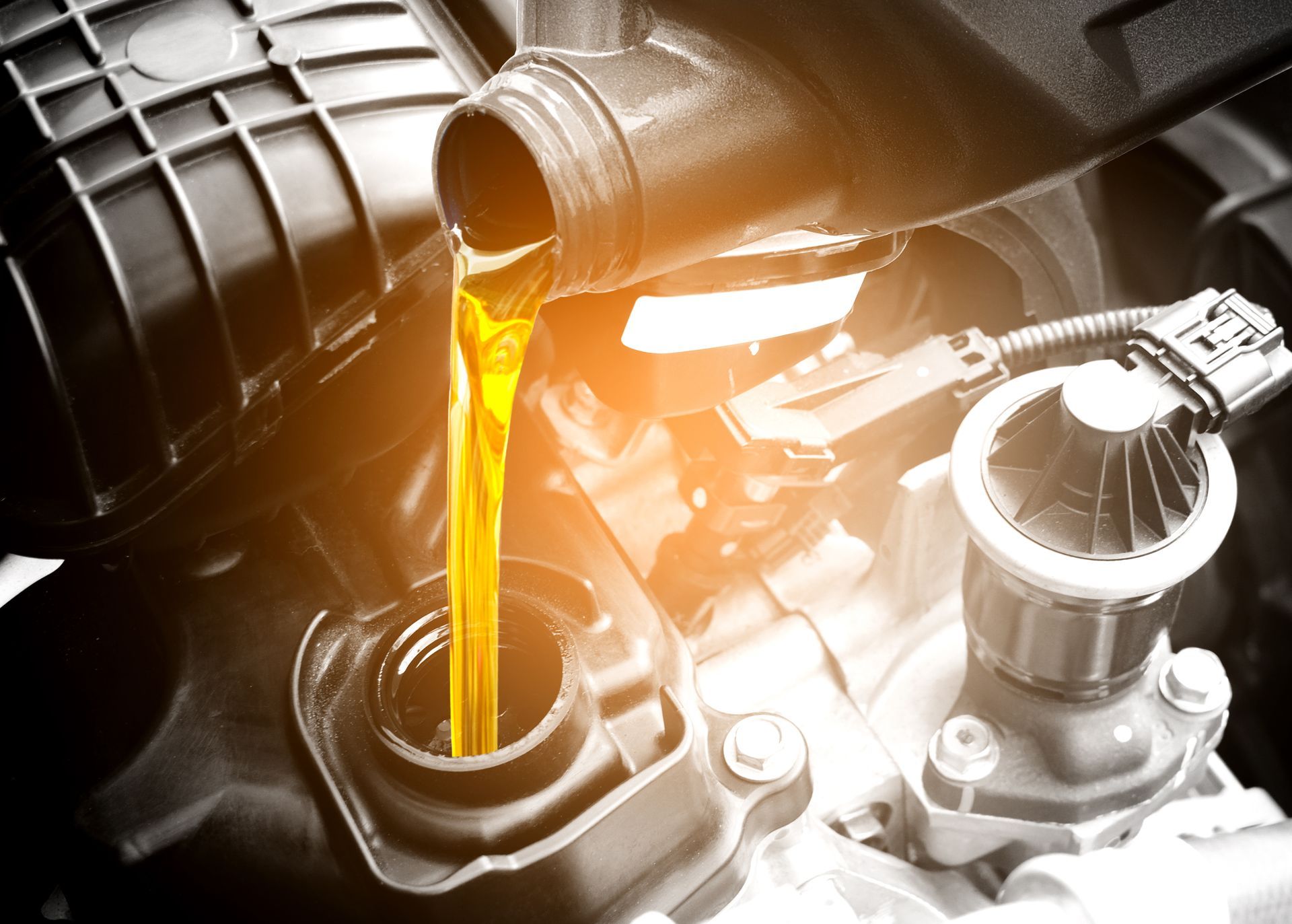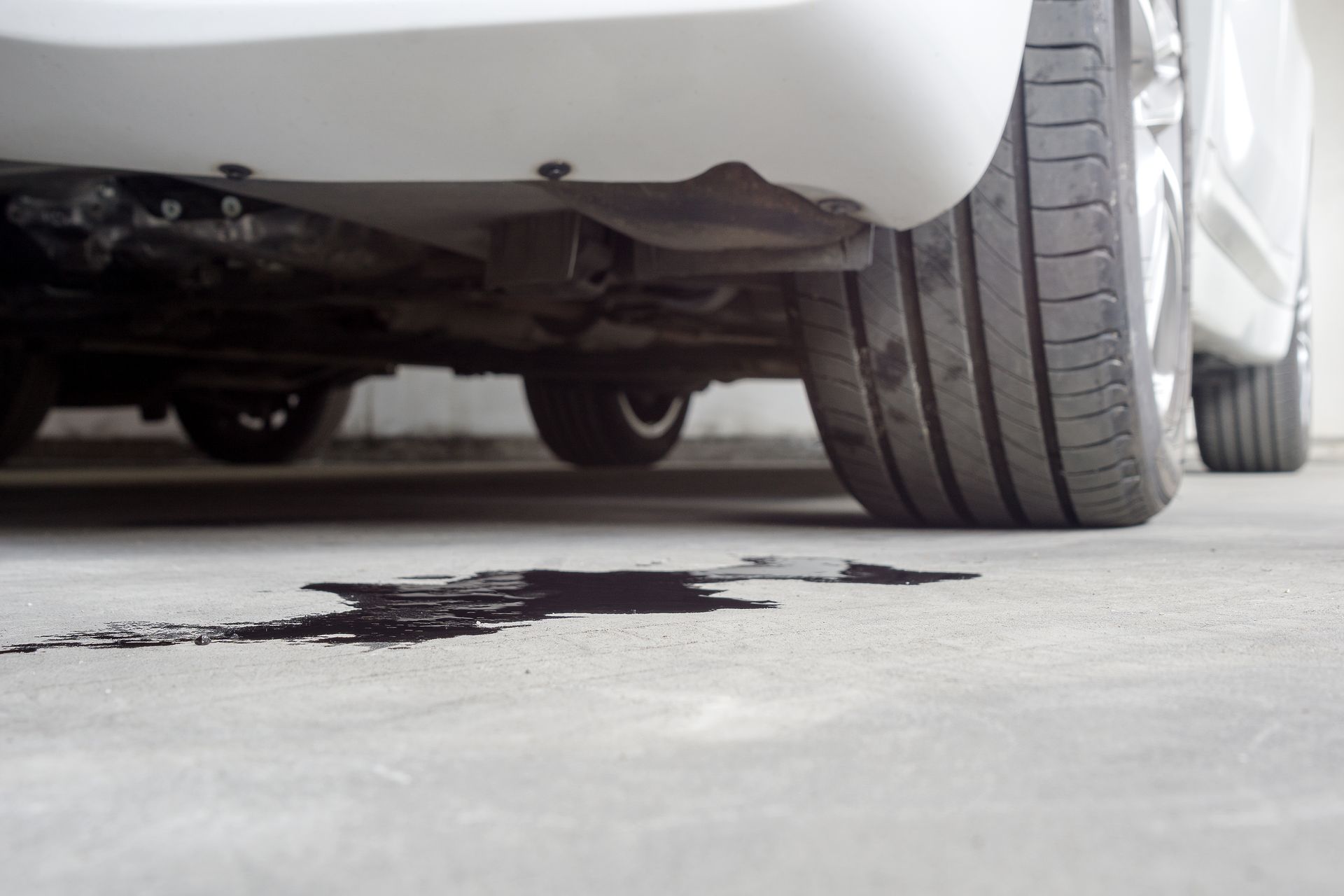Why Neglected Engine Maintenance Burns Out O₂ Sensors and Catalytic Converters
At TNKAR, we see it all too often: an engine that’s been “good enough” for years finally pushes its exhaust system past the breaking point. Once chemical exhaust‐gas temperatures climb, they don’t just trigger check‐engine lights—they destroy critical emissions components and leave you with repair bills far larger than a routine tune-up.
1. How High Exhaust-Gas Temperatures Occur
• Rich or lean running
When your air–fuel mixture strays from ideal, combustion temperatures spike.
• Clogged or malfunctioning PCV valves and breathers
Excess crankcase pressure and oil contamination upset the mixture and raise EGTs.
• Worn spark plugs, coils or fuel system issues
Misfires or incomplete burns send raw fuel into the exhaust, where it ignites at higher-than-normal temperatures.
These elevated temperatures don’t just stress exhaust manifolds—they cook O₂ sensors and literally melt substrate out of catalytic converters.
2. Stoichiometric vs. Lean Condition Temperatures
Condition - Perfect (Stoichiometric) Mix
O₂ Sensor Tip Temp - ~1,200–1,400 °F (650–760 °C)
Catalytic Converter Temp - ~1,400–1,600 °F (760–870 °C)
Condition - Lean or Over-Rich Mix
O₂ Sensor Tip Temp - ~1,600–1,800 °F (870–980 °C)
Catalytic Converter Temp - ~1,800–2,200 °F (980–1,200 °C)
• Stoichiometric balance (14.7:1 air–fuel) keeps O₂ sensors and cats within safe operating range.
• Lean or rich conditions push temperatures roughly 20–50% higher—enough to warp sensors, erode catalyst substrate, and hollow out converter cores.
3. Why Customers Are Surprised
Despite our warnings, many drivers assume “if the CEL goes away after swapping a sensor,” the root issue is solved. Nearby shops know this, too—replacement is quick, low-risk, and yields high margins. The result:
• O₂ sensor “fixes” that keep coming back.
• Cat replacements that cost thousands and still fail if the engine issue remains.
4. TNKAR’s Engine-First Philosophy
1. Driveability diagnosis
We start with a full scan, compression/leakdown tests, and a fuel-trim analysis to pinpoint the combustion imbalance.
2. Targeted engine repairs
Addressing spark, fuel delivery, PCV, and vacuum issues keeps exhaust temps in check—and protects your sensors and converter.
3. Fair-margin catalytic converters
California prohibits used cats, so new units command premium pricing. We sell converters at a very slim margin because we believe the market isn’t fair—and because replacing the part alone never solves the root cause.
5. Protect Your Emissions Components
• Regular Minor Maintenance (36K–50K mi): Valve covers, PCV, breathers, spark plugs—prevents the buildup that leads to hot-spot combustion.
• Early Driveability Checks: If you notice hesitation, stumbling, or frequent oil top-offs, it’s time for a fuel-trim scan and basic tune-up.
• Thoughtful Replacement: Only after correcting the engine’s operation do we replace O₂ sensors and cats—ensuring they last their full service life.
Neglected maintenance doesn’t just leave oil leaks and sludge behind—it cooks your emissions system from the inside out. If your check-engine light keeps returning after sensor swaps, or if you’re facing an expensive catalytic converter bill, call TNKAR. We’ll fix the engine first, protect your sensors and cats, and keep your repair costs—and exhaust temperatures—under control.
